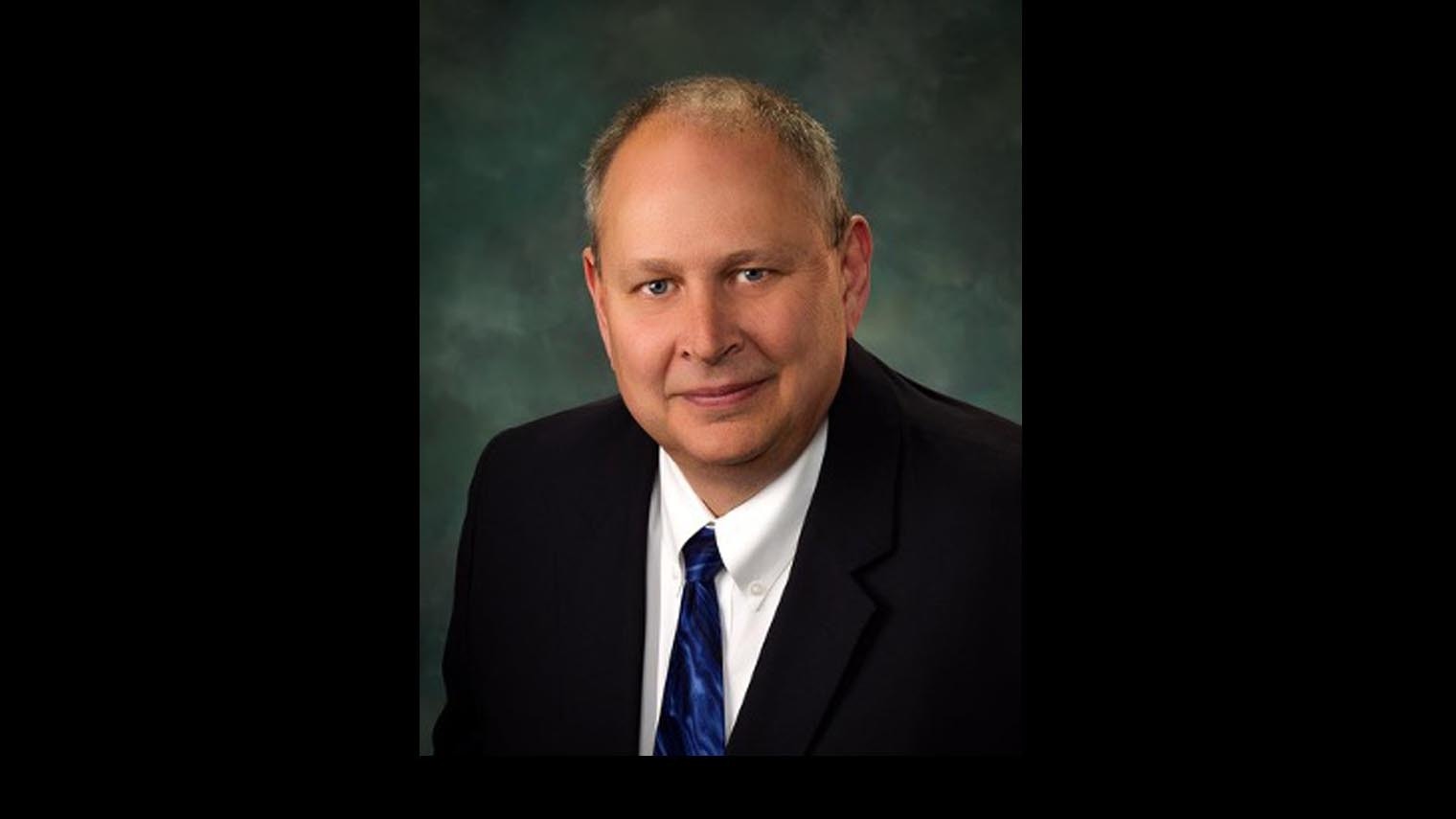What is the process for Wyoming developing a budget? How does the state plan to spend its dollars?
The Wyoming Legislative Service Office has developed a handy chart that explains the Wyoming Budget process (see below). The budgeting process starts in July. Each agency prepares a budget request outlining their desires for the next fiscal year.
In August, the final budget requests are due to the governor’s office, and the governor’s staff begins review of the requests.
In September, the governor reviews all the agency requests. The Budget Division completes the standard budgets and forwards them to the Legislative Service Office.
The Consensus Revenue Estimating Group (“CREG”), which is a collection of financial experts from Wyoming government meets in October to estimate the revenues that will be coming in for the next year. Wyoming’s revenue is volatile, and depends on the price and demand for fossil fuels more than anything else. The estimated income figure is added to the budgets.
Wyoming is required, by its constitution, to have a balanced budget, meaning that income cannot exceed expenses and savings. Historically, Wyoming spends less than its income, as opposed to many other states and the federal government.
In November, the governor submits his budget to the legislature.
Wyoming Constitution, Article 3 Section 35 says, “Except for interest on public debt, money shall be paid out of the treasury only on appropriations made by the legislature, and in no case otherwise than upon warrant drawn by the proper officer in pursuance of law.” In other words, if the legislature doesn’t appropriate the money in the budget bill, the money should not be spent.
In the months of January and February, the Joint Appropriations Committee (a committee comprised of the appropriation committees of both the House and the Senate) meets and holds budget hearings. Every agency is interviewed by the committee at the hearings, and the committee makes adjustments, based on legislative guidance, to each of the department’s budgets.
Those adjustments and budget requests are all compiled, and that compiled information becomes the budget bill.
The legislature meets and has three readings on the bills. The first reading of the bill is simply an explanation to the rest of the legislature about what the Appropriations Committee heard, did and recommended to the whole body, from each agency, in the budget bill.
Then, the bill goes through a second and third reading, in which amendments are proposed by members of each body. Some amendments pass. Most amendments fail. The final bill passed by the house is called the House position. The final bill passed by the Senate is called the Senate position.

After the amendments are all voted upon, the budget bill goes to a conference committee. The House sends 5 Representatives, and the Senate sends 5 Senators, to meet and reach a final proposed bill. This is the part in the process where we find ourselves, today.
The conference committee’s job is to hash out the differences between the Senate position and the House position. The provisions of the bill from both the House and the Senate that match are off the table for negotiations. So, if a Representative on the House side, and a Senator on the Senate side propose the same amendments to the budget, and both amendments pass, those amendments are called mirror amendments, and they are not subject for discussion in the first conference committee.
The conference committees work together to find a compromise proposal that meets somewhere in the middle of the House position and the Senate position. The conference committee puts together a proposal which is brought back to each body, called a conference committee report. If both the House and the Senate vote to approve the conference committee report, then the budget bill passes.
If either body rejects the conference committee report, then the conference committee meets, again. But this committee’s rules are different. The second conference committee is open committee. What that means is every provision of the budget, whether it is in a mirror amendment or not, is open for discussion. In other words, everything in the budget is fair game.
Oftentimes, elected legislators vote against the budget bill, knowing the bill will pass, so they can use it as a campaign tool. If the budget bill does not pass, the State of Wyoming shuts down on July 1, because no money can be spent without an appropriation.
So, if the budget bill fails, what likely happens next is either to have a special session to rediscuss the budget, or more likely, to have a reconsideration of the vote on the budget, so a budget bill can be passed in the budget session.
Then, the budget act (the passed bill) is sent to the governor. In Wyoming, the governor has a line-item veto, so he can scratch out parts of the budget he does not like.
If he vetoes part of the budget bill, which often happens, then the House and Senate can vote to override the veto. It takes 2/3 of both the House and the Senate to vote to override the governor. If the vetoes are overridden, the vetoed parts of the budget bill go back into the budget. If they are not overridden, the bill with the governor’s deletions becomes the budget for the State of Wyoming.
The process then starts all over again in July.
Tom Lubnau served in the Wyoming Legislature from 2005 - 2015 and is a former Speaker of the House.





